#mexican history
Text
History memes #49
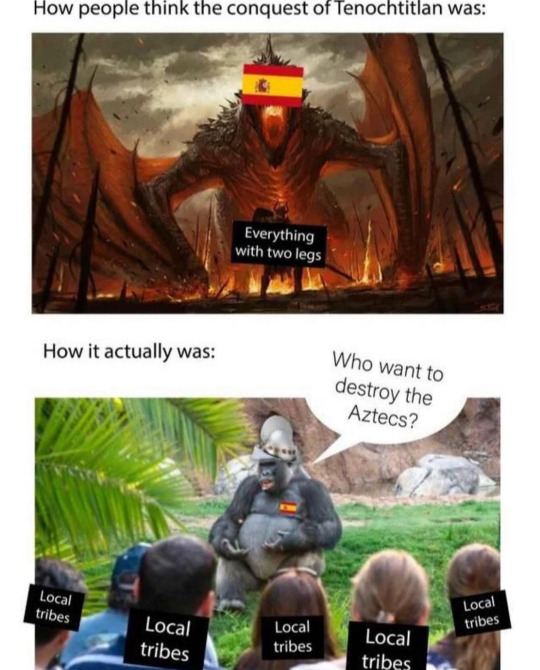
So, fun fact, most of the army that conquered the Aztecs were actually made up of other peoples in Mexico who decided they hated the Aztecs more than the newly arrived Spanish
#funny humor#history memes#funny memes#history#funny#humor#meme humor#dark humor#aztec#aztec empire#spanish empire#spanish#spain#mexico#mexican history#conquistador#Spanish conquest of Mexico#1500s#renaissance#renaissance history
25 notes
·
View notes
Text

[Image description: a clip of a headline that reads: Mexican history> Mexican government acquires long-lost Aztec manuscripts a out the rise and fall of Tenochtitlan]
The National Museum of Anthropology in Mexico City has announced the discovery of the Codices of San Andrés Tetepilco, three codices nearly 500 years old, telling the history of the city of Tenochtitlán. It includes details of life before and after European contact and conquest, written in a mix of Nahuatl, Spanish, and Indigenous Mesoamerican painting styles.
The indigenous people of Mexico and Central America, including civilizations before the Aztecs, had a very complete written history. However, most of these texts were burned by Spanish conquistadores, making findings like this very exciting.

[Image description: a page of the Codices of San Andrés Tetepilco, showing the inventory of a church on bark paper via imagery. It is faded and ripped in many places]
320 notes
·
View notes
Text

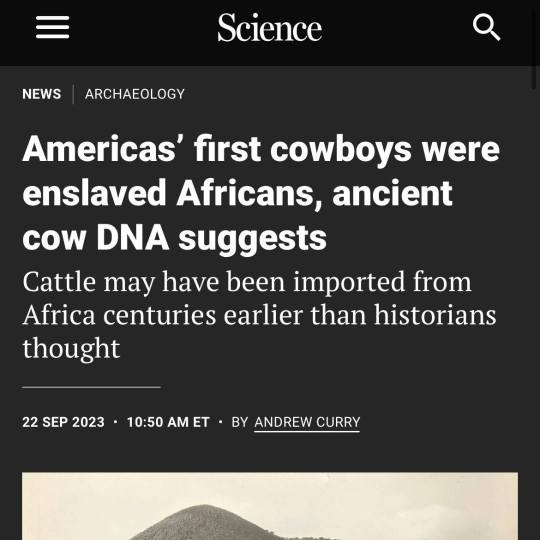
"...the first cowboys lived in Mexico and the Caribbean, and most of them were Black.
That’s the conclusion of a recent analysis of DNA from 400-year-old cow bones excavated on the island of Hispaniola and at sites in Mexico. The work, published in Scientific Reports, also provides evidence that African cattle made it to the Americas at least a century earlier than historians realized.
The timing of these African imports—to the early 1600s—suggests the growth of cattle herds may have been connected to the slave trade, says study author Nicolas Delsol, an archaeozoologist at the Florida Museum of Natural History. “It changes the whole perspective on the mythical figure of the cowboy, which has been whitewashed over the 20th century.”
x
#cowboys#african heritage#caribbean history#mexican history#dna analysis#historical perspective#slave trade#cattle herds#cultural reevaluation#17th century#black cowboys#early americas#black history
303 notes
·
View notes
Photo







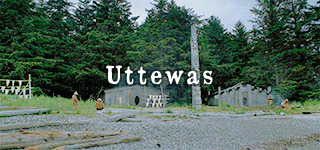
Pre-colonial Native American cities/settlements/meeting sites.
Sivan Vahki: just north of Casa Grande, Arizona, Sivan Vahki or Siwañ Waʼa Ki: was a large farming and trade network site of the Sonoran Desert people starting in the early 13th century.
Werowocomoco: With habitation beginning from the 13th century, Werowocomo was a village that later served as the headquarters of the werowance Wahunsenacah, Paramount Chief of the Powhatan confederacy.
Cahokia: Mississippian culture city dating from circa 1050–1350 CE, containing elaborately planned community, woodhenge, mounds, and burials.
Tenochtitlan: built atop a lake, Tenochtitlan was an Aztec altepetl, and was the largest city in the pre-columbian Americas at its peak. It is considered one of the most impressive cities in North America, and is today known as Mexico city.
Tikal: one of the most powerful ancient kingdoms of the Maya, and dates back as far as the 4th century BC, and may have had a population of up to 90,000.
Omahkoyis: Meeting place and trading and cultural hub for the Blackfoot, and later other tribes as well as settlers. The Blackfoot and their ancestors had inhabited the area as early as 12,000 BC, and would later also be known by other names. Colonizing efforts turned the area into a settlement, known today as the city of Edmonton.
Qusqu: also known as “Cuzco”, the city served as the capital for the Inca Empire from the 13th century up into the 16th century upon colonization. However, evidence shows that The Killke people occupied the region from 900 to 1200 CE, prior to the arrival of the Inca, and had constructed a fortress about 1100 CE.
Uttewas: later known as “Old Masset”, was one of the largest Haida villages on Haida Gwaii, and is home to a number of important cultural artifacts, such as numerous totem poles. Today its land is legally designated as Masset Indian Reserve No. 1.
#historyedit#Native American history#canadian history#american history#mexican history#peruvian history#cahokia#tenochtitlan#tikal#maya#aztec#nahua#history#justin's edits#ndn#native american
931 notes
·
View notes
Photo

Happy birthday Frida Kahlo!
Frida was born in Mexico City on 6 July 1907. Frida is best known for her iconic self-portaits, and her art draws on both European and Mexican traditions to focus on themes including gender, revolutionary politics, and Mexican nationalism.
Frida’s works were exhibited during her lifetime in several countries, including at the USA’s MoMA. In 1939, the Louvre purchased one of the portraits, making her the first Mexican artist included the their collection.
Frida was married for much of her life to fellow artist Diego Rivera, and also had relationships with several women.
Learn more
[Image: Frida in traditional Mexican dress including a headscarf, pink shawl, and jewellery ]
345 notes
·
View notes
Text
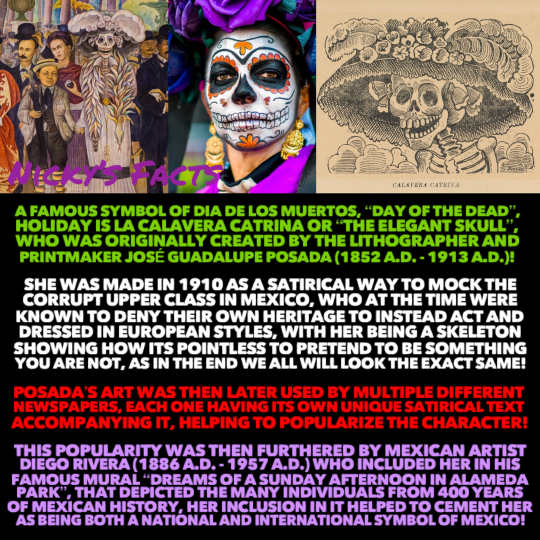
Happy Dia de los Muertos to la Calavera Catrina!🥳
🇲🇽💀🇲🇽
#history#dia de los muertos#la catrina#day of the dead#holiday#mexican history#be yourself#art#latina#josé guadalupe posada#historical figures#latin american history#diego rivera#mexican culture#halloween#female icons#beautiful#femininity#mexico#art history#hispanic culture#celebration#latin america#dreams of a sunday afternoon in alameda#mexico city#nickys facts
91 notes
·
View notes
Text
Okay, hear me out, drawing Rudy and Alejandro in an outfit inspired by Mexican revolutionaries like Emiliano Zapata.


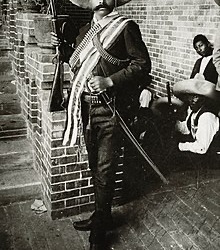
#cod mwii#call of duty mw2#call of duty modern warfare ii#alejandro vargas#cod alejandro#cod rudy#mexican history#cod mw2#rudolfo parra
198 notes
·
View notes
Text
#selena quintanilla perez#selena quintanillla#Selena#uploads#videos#such a fcking legend#90s women#mexican history#historia#historia mexicana#decade: 1990s#1990s#90s
34 notes
·
View notes
Text
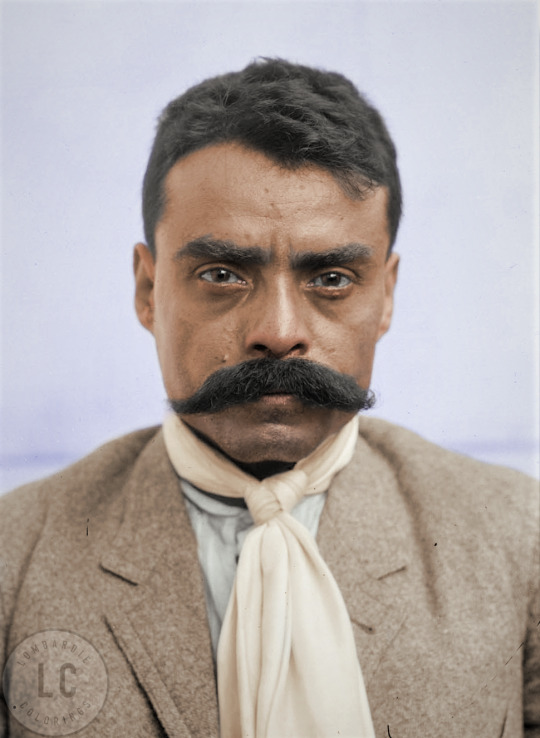
Emiliano Zapata was a Mexican revolutionary. An instrumental leader in the Mexican Revolution between 1910 and 1920, he was also the people's leader in the revolution of the Mexican state of Morelos, as well as the inspiration for the agrarian movement known as Zapatismo.
Photographer unknown, 1914.
Colored by Lombardie Colorings.
#emiliano zapata#history#mexico#mexican history#revolutionary#revolution#morelos#artists on tumblr#digital art#digital painting
260 notes
·
View notes
Text
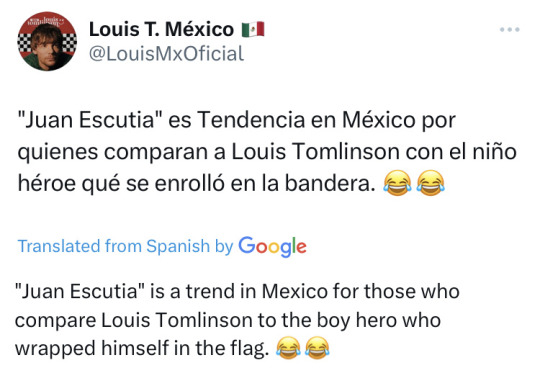


Louis draped in the Mexican flag at Tecate Pal Norte, 30 March 2024

x
#Juan escutia#🇲🇽#Louis Tomlinson#boy hero#Mexican flag#Tecate Pal Norte#30 March 2024#Mexican history#mine
37 notes
·
View notes
Text

Soldadera (also called Adelita) - Mexican Revolution
This photograph was taken by Rutilo Patiño in Guanajuato, Mexico in 1940
#soldadera#adelita#mexican revolution#braids#soldier#mexico#history#rutilo patino#mexican history#hairstyle
27 notes
·
View notes
Text
Observe a 3D Reconstruction of Tenochtitlan
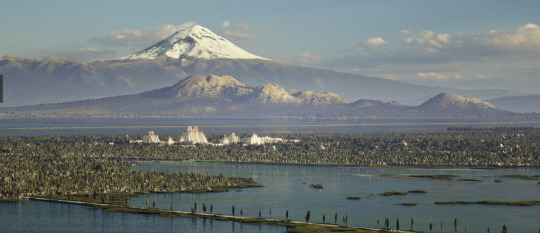
As history and archaeology gain more insight into the stories of the indigenous Americas, we get more tools to learn about them.
Here you can see a reconstruction of Tenochtitlan, at its height in the 15th century, with some of the most advanced science and art around the world. The population ranged somewhere between 200,000 to 400,000 and was the seat of power of the Triple Alliance (sometimes called the Aztec Empire).
See more reconstruction photos here!
119 notes
·
View notes
Text
Shout out to depictions of death in Mexican culture fr. Gotta be one of my favorite genders:





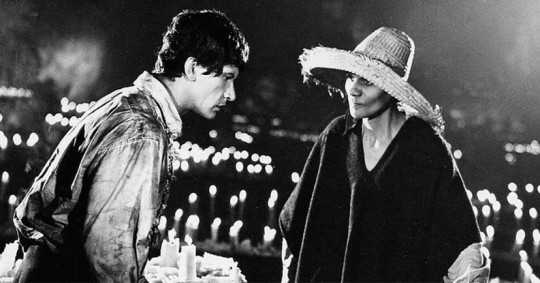
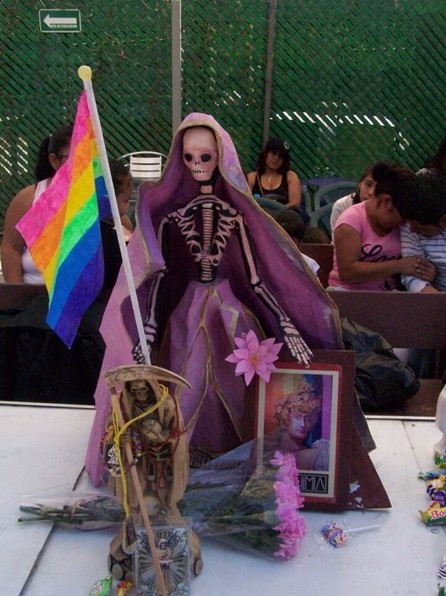
#mexican history#mexican culture#mexican#mexico#syncretism#mexica#día de muertos#prehispanic#precolumbian#mexican art#mexican cinema#macario#santa muerte#lgbt#mine
71 notes
·
View notes
Text
Caption:
[In continuation of our pride month celebration today we’re gonna talk about Amelio Robles, one of the earliest transgender figures in Latin America. Amelio was born in Xochipala, Guerrero, Mexico in 1889 and was assigned female at birth. And from a young age it is said that Amelio showed interest in “masculine” activities such as taming horses and handling weapons. And that he even confessed to a close family member, when he was younger, that he felt he was a boy.
Then came the Mexican Revolutionary War in 1910, in which many women joined and fought were known as the Adelitas. And many of these women chose to take on male aliases to protect themselves. And Amelio chose to take on a male alias as well. And Amelio became extremely respected in the army for his leadership skills, eventually working his way up to colonel.
He was respected by his peers and his superiors. And even long after the war ended, Amelio continued to live his life as a man. And he was loved by the Mexican people for being a military hero and his male identity was accepted by family, society, and the Mexican government.
And in 1973 he was awarded the Mexican Legion of Honor, an award that is given to veterans who made outstanding efforts to defend Mexico. He also met and married Ángela Torres and they adopted a daughter together. He passed away in 1984 at age 95. And his legacy lives on as one of the earliest accepted transgender figures in Latin America.]
#tiktoks#videos#lgbt#lgbtq#lgbtqia#lgbt history#trans history#mexican history#trans#trans man#amelio robles#user: fernandacortesx#she/her pronouns#captioned
399 notes
·
View notes
Text
When you ask white people where they're really from
Source
#🇲🇽#usa#united states#colonization#mexico#colonialism#imperialism#native#indigenous#spain#europe#history#mexican history#colorado#treaty of guadalupe hidalgo#immigration
55 notes
·
View notes
Text
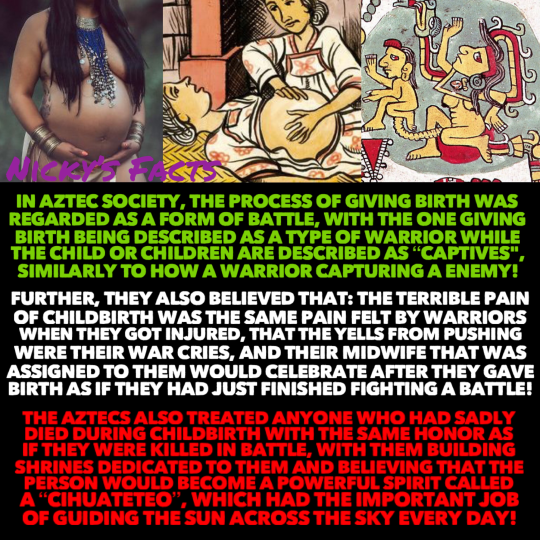
Childbirth is one of the most painfullest and dangerous experiences the average person is expected to go through and it should be treated as such.
🤰🏻🤱🏾
#history#aztec#childbirth#mesoamerica#pregnancy#mexican history#cihuateteo#mythology#traditional culture#indigenous people#midwife#aztec history#womens health#feminist#traditional femininity#mexico#motherhood#femininity#womens history#indigenous women#feminine power#native americans#girl power#aztec culture#nickys facts
141 notes
·
View notes